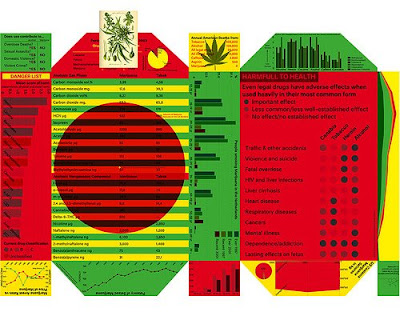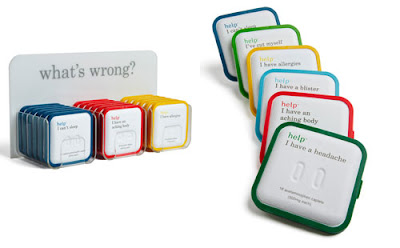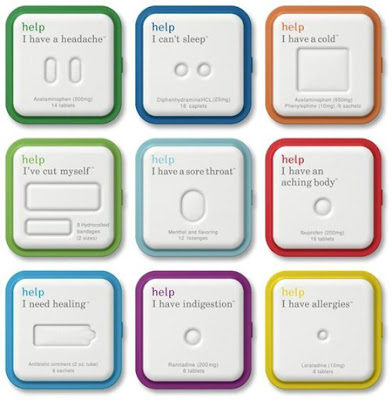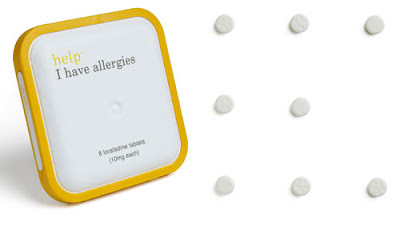
[via]
feetish,design,car,lifestyle







 While Messrs Aoun, Nasrallah, Franjieh and the fabulously-named Zahle in the Heart bloc are hunkering down for the final showdown over who gets what portfolios, something called the National Brand Perception Index or NBPI has published its findings. Lebanon ranked 174th among 200 countries around the world and – and this part is really disgraceful – 15th among the 19 countries that make up the MENA region. The ranking is supposed to indicate the strength of a country’s brand by monitoring how often it appears in the media, but warns that frequency does not necessarily reflect quality. Ouch!
While Messrs Aoun, Nasrallah, Franjieh and the fabulously-named Zahle in the Heart bloc are hunkering down for the final showdown over who gets what portfolios, something called the National Brand Perception Index or NBPI has published its findings. Lebanon ranked 174th among 200 countries around the world and – and this part is really disgraceful – 15th among the 19 countries that make up the MENA region. The ranking is supposed to indicate the strength of a country’s brand by monitoring how often it appears in the media, but warns that frequency does not necessarily reflect quality. Ouch! It is probably a dream too far to suppose that one of the priorities of the next government will be to improve on this mediocre placing; a feat made even more mediocre when one considers that much of Lebanon’s brand awareness is negative. A random survey taken in any major capital would probably indicate that people associate Lebanon more with instability, kidnapping, war, Hezbollah and terrorism than its undisputed assets. Wars have a habit of making it onto the front pages with greater ease than the Temple of Jupiter or a bottle of Chateau Musar.
Other, less-smug countries spend hundreds of millions every year in advertising themselves. They sell a dream to encourage investment, to promote key products or simply just to tell people to come and visit. You might argue, especially today when finding a decent table at a restaurant or a place to park is a herculean struggle, that Lebanon has enough visitors, but if the country is to move beyond its role as a playground for Gulf visitors and the diaspora, it needs to evolve.
The country benefitted from 9/11. When smoke cleared from Ground Zero and the US saddled up its horses, downtown Beirut opened for business, conveniently offering Arabs wary of vacationing in Europe and the US an alternative destination, one that spoke their language, didn’t judge their habits and wouldn’t humiliate them at passport control. They came and they spent, and we loved them for it.
But Lebanon has been sitting on its laurels and the world has moved on. This week in London, a 5-star hotel hosted an exhibition of luxury goods – watches, cars, and jewelry and the like – aimed at an Arab market perceived as being unaffected by the recent recession. Unabashed in its ostentation, it was an equally brazen attempt to woo Gulf high-rollers, perceived as the world’s biggest consumers of high-end items. The message was clear. London, at least, was screaming “we want you back.” If the rest of Europe behaves in a similar way, Lebanon will lose some of its luster. And then what?
Lebanon is not geared up for the non-Arab tourist: security perceptions, environmental realities and the lack of an infrastructure for anything more adventurous than a nargelieh will ensure they choose Croatia, Slovenia or any of the obscure Balkan or Baltic nations that have recognized and are selling their potential in the global marketplace.
It’s been said so often it’s become a cliché, but with the right focus Lebanon could be a truly international destination offering a glittering bouquet of attractions in such a small area. So far, all attempts to burnish Lebanon’s reputation have come from the private sector with almost zero government help.
No wonder no one wants the Tourism Ministry.
Article from NowLebanon. Thanks Mohamad!
Paris ranks as the top overall city "brand”, followed by Sydney, London, Rome and New York. The top 10 cities from the global survey are:
"The index measures the world’s perception of each city, which influences people’s choices on where to live, work and vacation,” says Simon Anholt, CBI founder. "Particularly in the face of today’s uncertain economic climate, it’s vital to understand the forces and opinions that drive business towards and away from these cities.”
The index is based on a global survey in which respondents from across 20 major developed and developing countries are asked to rate their agreement with statements about each of 50 cities. The ranking is developed by averaging city scores across the index’s six categories: Presence (knowledge of city and perception of its global contribution), Place (cleanliness, aesthetic qualities and climate), Pre-requisites (affordable accommodations and quality of public amenities), People (friendliness, personal encounters and cultural diversity), Pulse (interesting events, activities and lifestyles) and Potential (perception as good place to do business, to find a job and to go to school).
[via]





 Elina Aalto's cityscape blinds come in four city flavors; Paris, Tokyo, Helsinki and Stockholm. A series of perforated black out roller blinds.
Elina Aalto's cityscape blinds come in four city flavors; Paris, Tokyo, Helsinki and Stockholm. A series of perforated black out roller blinds.






